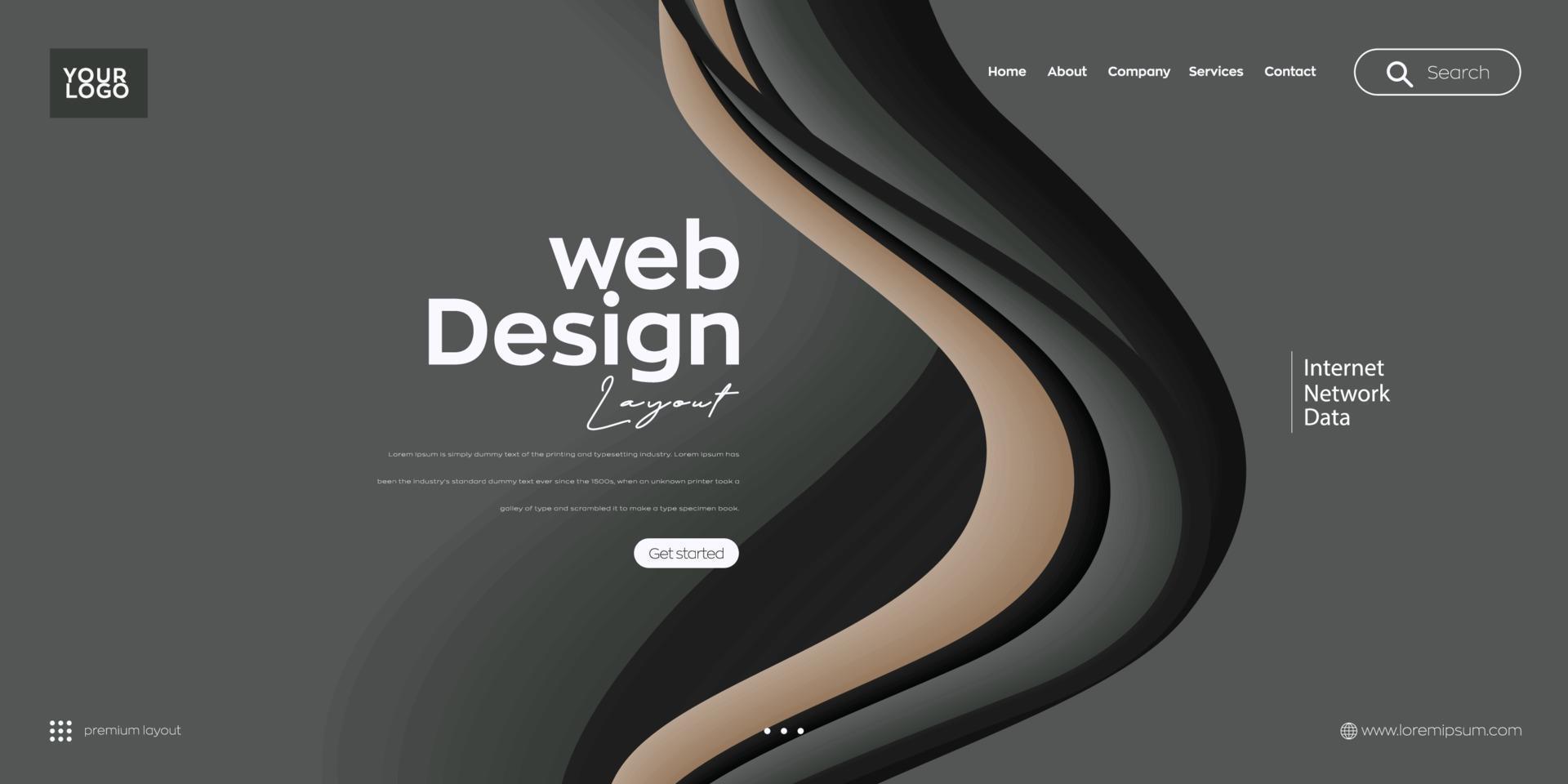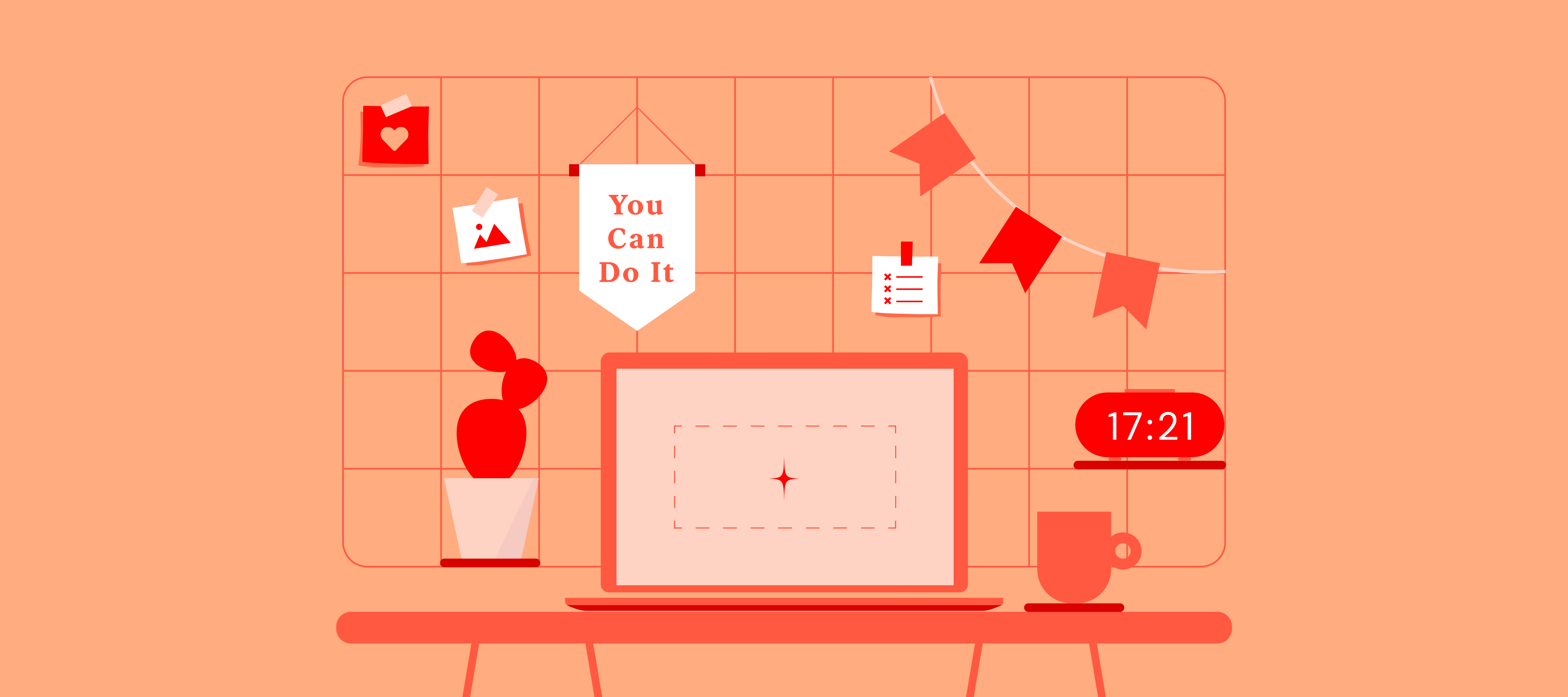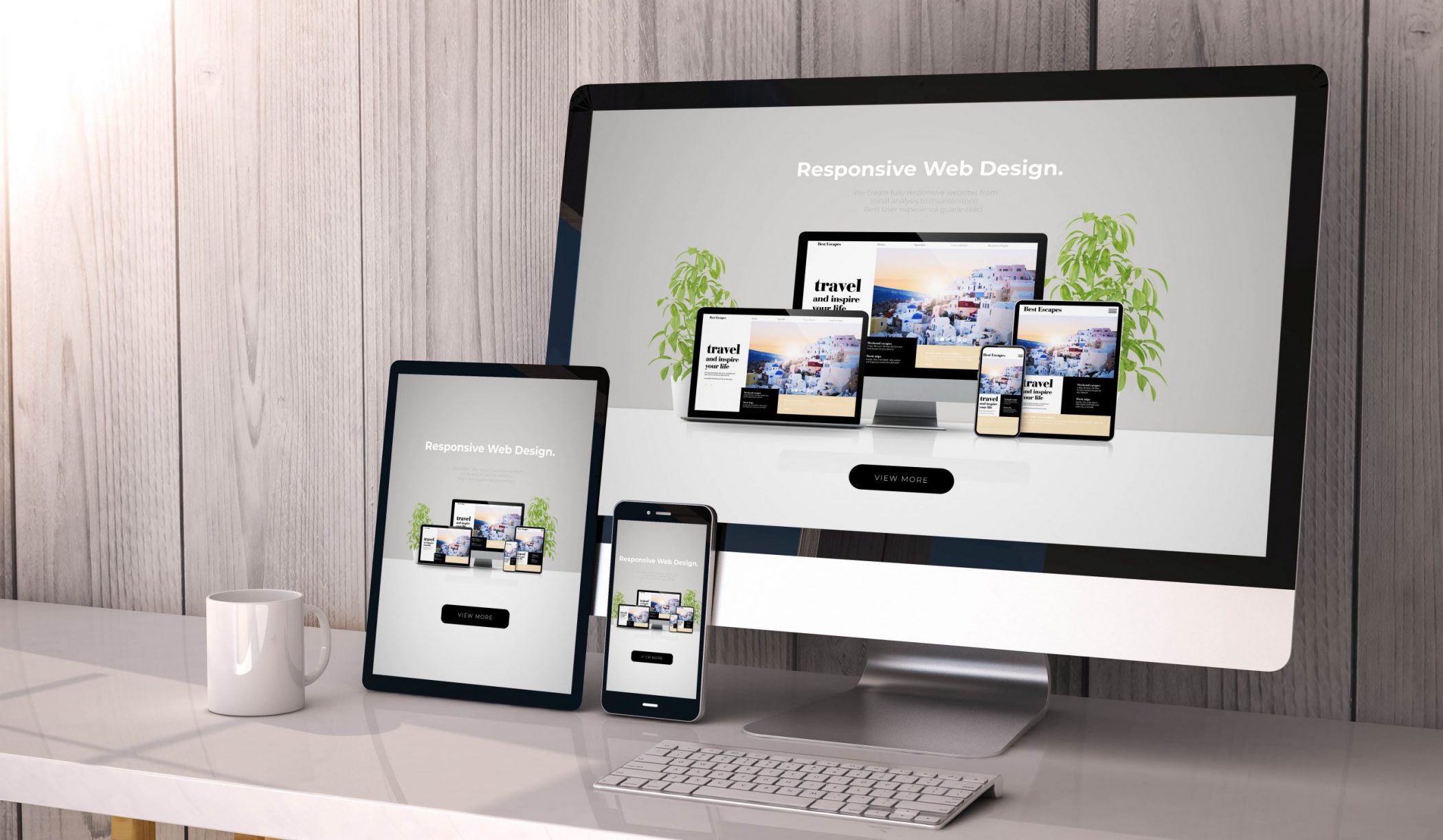Aligned Position Web Design: Expert Web Design Strategies for Achieving Business Goals Online
Aligned Position Web Design: Expert Web Design Strategies for Achieving Business Goals Online
Blog Article
The Most Effective Sorts Of Website Design to Improve Individual Experience and Engagement
In the ever-evolving landscape of digital communication, the effectiveness of Web design considerably impacts user experience and engagement. Different style approaches, such as minimal, responsive, and interactive designs, each deal one-of-a-kind advantages that can cater to varied user requirements.
Minimalist Website Design
As electronic landscapes come to be progressively chaotic, minimal Web layout has actually emerged as an effective technique to enhancing user experience. This design approach focuses on simpleness, focusing on necessary components while eliminating unneeded diversions. By utilizing sufficient white space, uncomplicated navigating, and a restricted shade combination, minimal layout fosters clearness and guides individual attention to essential material.
The core concept of minimalist Web layout is to develop a seamless communication for customers. By minimizing cognitive tons, individuals can quickly realize information without really feeling overwhelmed. This direct technique not just enhances use yet also urges involvement, as visitors are more probable to check out a website that is aesthetically enticing and easy to navigate.
In addition, minimalist layout frequently stresses typography and images, using these aspects purposefully to share messages effectively. This concentrate on essential parts can improve brand identity and create a remarkable individual experience. In essence, minimalist website design is not simply a trend; it is a thoughtful approach that identifies the importance of user-centered design. By stripping away peripheral aspects, developers can create an extra interesting, reliable, and enjoyable Web experience for all users.
Responsive Web Style
In today's varied electronic atmosphere, responsive Web layout has come to be necessary for producing a seamless individual experience throughout a wide variety of devices. As users gain access to internet sites on smart devices, desktops, laptops, and tablets, the ability of an internet site to adjust its design and web content to various display sizes and resolutions is crucial.
Receptive website design uses flexible grids, pictures, and CSS media queries to make certain that Web content exists ideally, despite the gadget used. This strategy not just enhances the aesthetic appeal of a website but additionally substantially improves use. Individuals are more probable to involve with a site that provides a regular experience, as it gets rid of the irritation of needing to zoom in or scroll excessively.
By embracing responsive layout, services can enhance their visibility and get to a more comprehensive audience. In summary, receptive Web design is a fundamental practice that boosts individual experience, involvement, and general satisfaction.
Interactive Web Design
Responsive website design prepares for boosting user experience, but interactive website design takes this an action better by engaging individuals in a much more dynamic way - Aligned Position Web Design. By incorporating aspects such as computer animations, clickable models, and real-time feedback, interactive website design mesmerizes customers, attracting them into a richer surfing experience
This strategy not only fosters engagement however additionally urges customers to explore content actively instead of passively consuming it. Methods such as gamification, where customers make rewards website here for finishing jobs, can significantly boost the time invested on a site and boost general fulfillment. Interactive functions can simplify complicated details, making it more satisfying and digestible.

Incorporating interactive layout components can additionally lead to greater conversion prices, as individuals are more probable to engage with a website that proactively entails them. Aligned Position Web Design. Ultimately, interactive Web layout transforms user experiences right into memorable trips, ensuring that visitors return time and once again
Flat Layout
Characterized by its minimalistic approach, flat design emphasizes simpleness and performance, stripping away unneeded aspects and concentrating on necessary attributes. This style ideology focuses on functionality, making sure that customers can browse interfaces effortlessly and efficiency. By using a clean visual, level design gets rid of the mess frequently located in much more luxuriant designs, therefore improving customer concentrate on web content and capability.
The trademark of flat design lies in its use bold shades, simple typography, and geometric forms. These elements add to an aesthetically appealing user interface that is both friendly and modern. Furthermore, level style fosters a feeling of quality, permitting individuals to determine vital actions and information without diversion.
Additionally, flat design is specifically reliable in receptive website design, as its simpleness equates well throughout numerous devices and display sizes. The lack of complex textures and slopes minimizes filling times, which is critical for keeping customer interaction. As electronic landscapes continue to evolve, level style stays a relevant choice for developing user-friendly websites that enhance general experience. By concentrating on necessary features, flat layout not only meets individual requirements but likewise urges smooth interaction, making it a crucial part of reliable Web style approaches.
Adaptive Website Design
Flexible Web style tailors the customer experience by creating numerous repaired designs tailored to various display sizes and tools. Unlike receptive design, which fluidly readjusts a solitary design, flexible design employs unique designs for particular breakpoints, guaranteeing optimal discussion on different platforms. This technique permits developers to concentrate on the special characteristics of each device, boosting functionality by supplying exactly what users require based upon useful source their context.
Among the primary benefits of adaptive Web style is its capability to optimize load times that site and efficiency. By serving customized content and photos that fit the individual's device, internet sites can decrease data use and enhance loading speeds. This is specifically helpful for users with slower links or limited information plans.

Furthermore, adaptive design promotes an extra regular and regulated branding experience. Since developers create numerous formats, they can guarantee that the aesthetic elements straighten with the brand's identification across different systems - Aligned Position Web Design. This leads to a cohesive user experience, improving interaction and promoting customer retention
Final Thought
Minimal style fosters clarity and focus, while responsive style guarantees adaptability across different devices, advertising accessibility. Jointly, these style approaches contribute to the creation of user-friendly atmospheres that not only improve contentment however likewise drive greater conversion rates, emphasizing their essential relevance in contemporary Web layout techniques.

Minimal style promotes clearness and focus, while responsive layout makes certain adaptability throughout numerous gadgets, promoting accessibility. Collectively, these design comes close to contribute to the development of easy to use atmospheres that not just improve complete satisfaction however likewise drive greater conversion rates, underscoring their vital value in modern Web design strategies.
Report this page